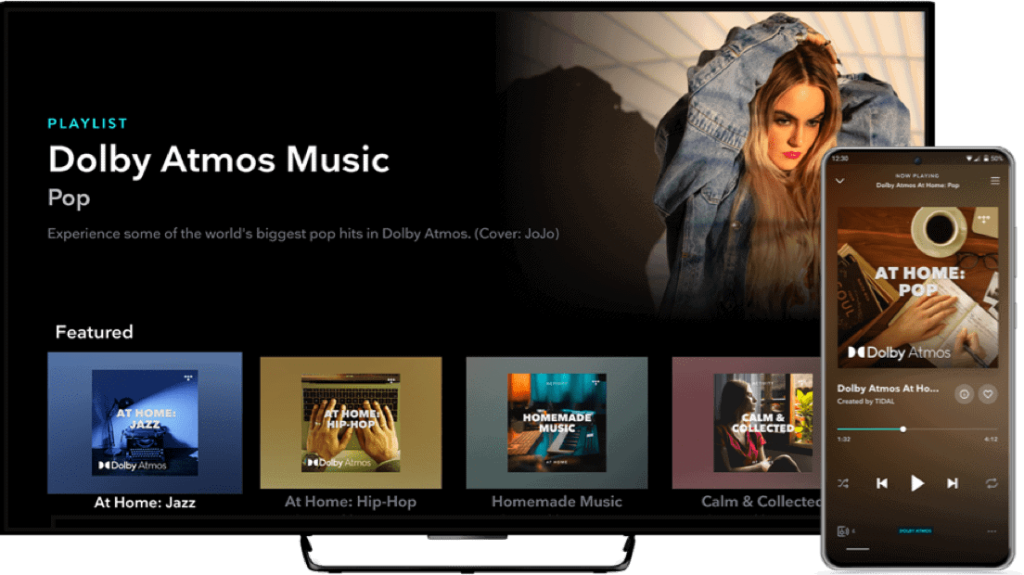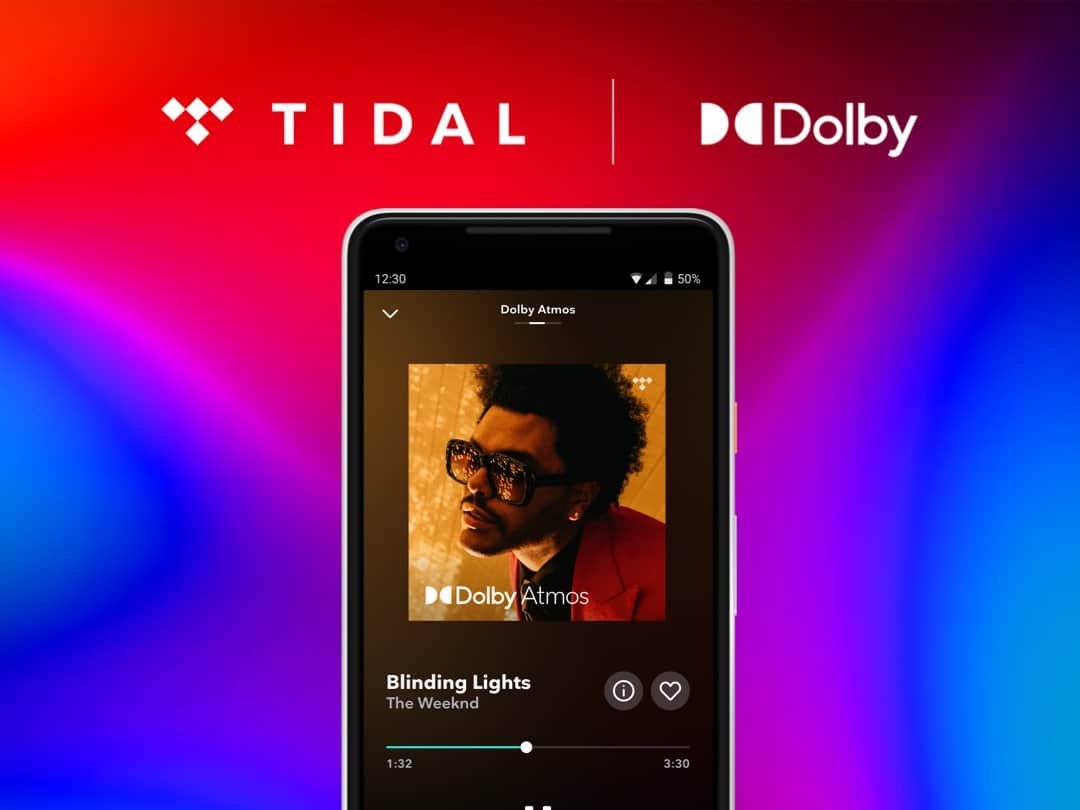Tidal is the streaming app for the audiophile, or at least, it is trying to be. Tidal has gained a lot of popularity with big-name stakeholders such as Jack Dorsey and Jay-Z. The brand has tried to turn HD audio into its main selling point, with some success.
The service actually launched in 2014, but it is only in recent years that streaming HD and specifically Dolby Atmos music has been possible.
In this guide, we look at what sort of setup you need to take advantage of Atmos Streaming, and whether or not it is worth the considerable monthly cost to enjoy those immersive audio tracks.
How to Access Tidal’s Atmos Streaming
One thing we will give Tidal a lot of kudos for (along with hardware developers, of course) is how simple they’ve made streaming 3D audio. Historically, complex setups with receivers and full 5.1 or 7.1 setups were needed. Thankfully, this isn’t essential now. Sure, some audiophiles will still insist, and they may well get a more rounded experience from doing so, but Atmos’ recently increased accessibility is a welcome change.
A simple example of a setup is:
- The Tidal app running on a 4K apple TV
- A soundbar compatible with Dolby Atmos
- An eARC compatible HDMI cable
That’s all you need. eARC can carry Dolby Atmos to compatible devices, which is one of the key reasons why this is such an easy method of listening.
Devices that you can use in conjunction with a soundbar or Dolby Atmos speaker system include:
- Apple TV 4K
- Fire TV Stick 4K
- Fire TV Cube
- Nvidia Shield TV (or Shield TV Pro)
- Some Sony and Philips smart TVs.
Some smart TVs even run Atmos sound without the need for external speakers. It couldn’t be simpler.

Music Selection
When Tidal’s Atmos streaming launched, it left a lot of users asking, “Where is the rest of it?”
Some users were disappointed that the majority of the music was contemporary, with a focus on rap and hip-hop. The criticism that Tidal can face for this is minimal, though. Only a fraction of the music out there in the world currently is actually mixed for this sort of system.
Tidal’s selection has improved. Over one year has passed since the service launched, and you can now tune in to artists as diverse as Johnny Cash, Sum 41, REM, Lil Wayne, and The Mito Chamber Orchestra performing Beethoven.
The Cost
This is where some people get lost. Tidal HiFi is currently priced at $19.99 a month. This gives you access to the Dolby Atmos library, but also their library of lossless High Fidelity music (streaming at 1411kbps or 16-Bit / 44.1 kHz) and Master Quality audio (streaming at 9216 kbps or 24-Bit / 192 kHz).
If you are exclusively paying for the Atmos content, this could be a little steep. However, if you’re the sort of audiophile who loves high-quality, lossless streaming no matter how many channels, then it might be worth the extra investment.
The streaming is reliable, and the increase in the number of compatible devices and hardware means that Atmos streaming from Tidal is already pretty great. We expect it to continue to grow as more content is produced and uploaded.
Prefer to download and own your Dolby Atmos and surround music? Visit the IAA Shop!

